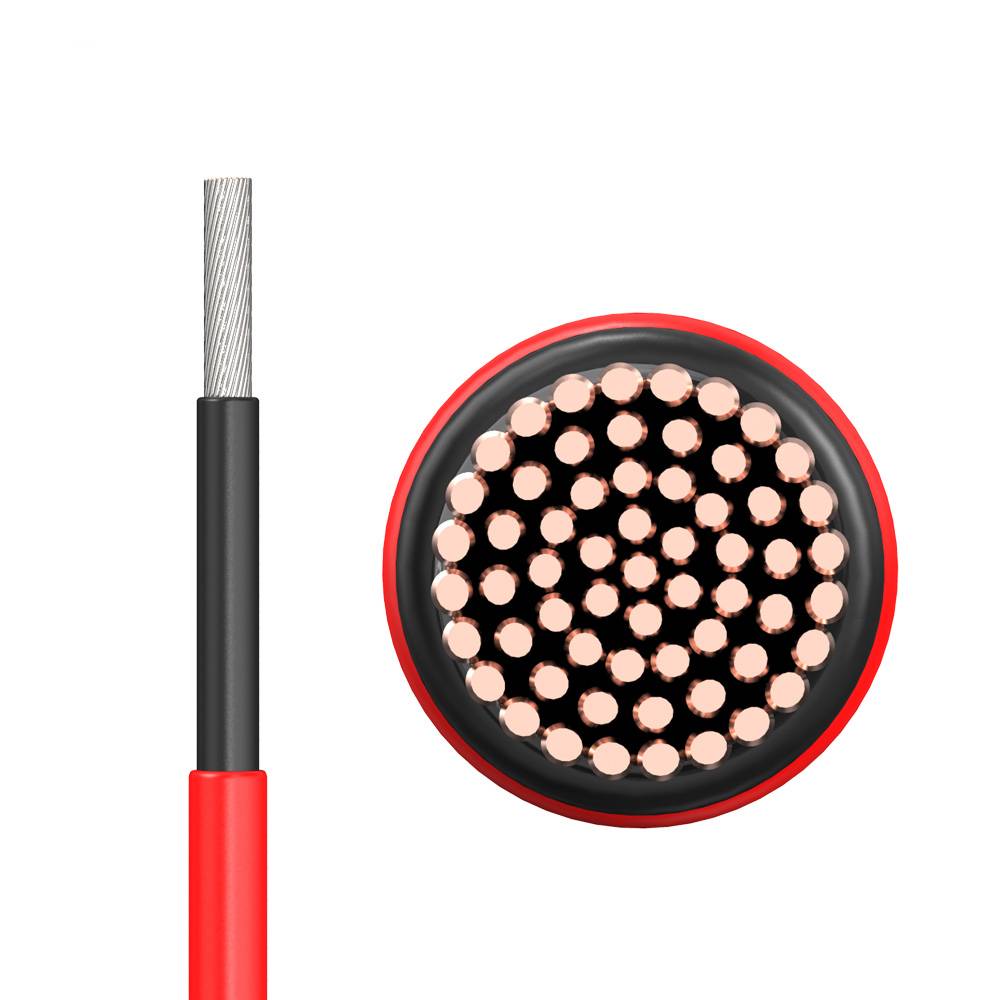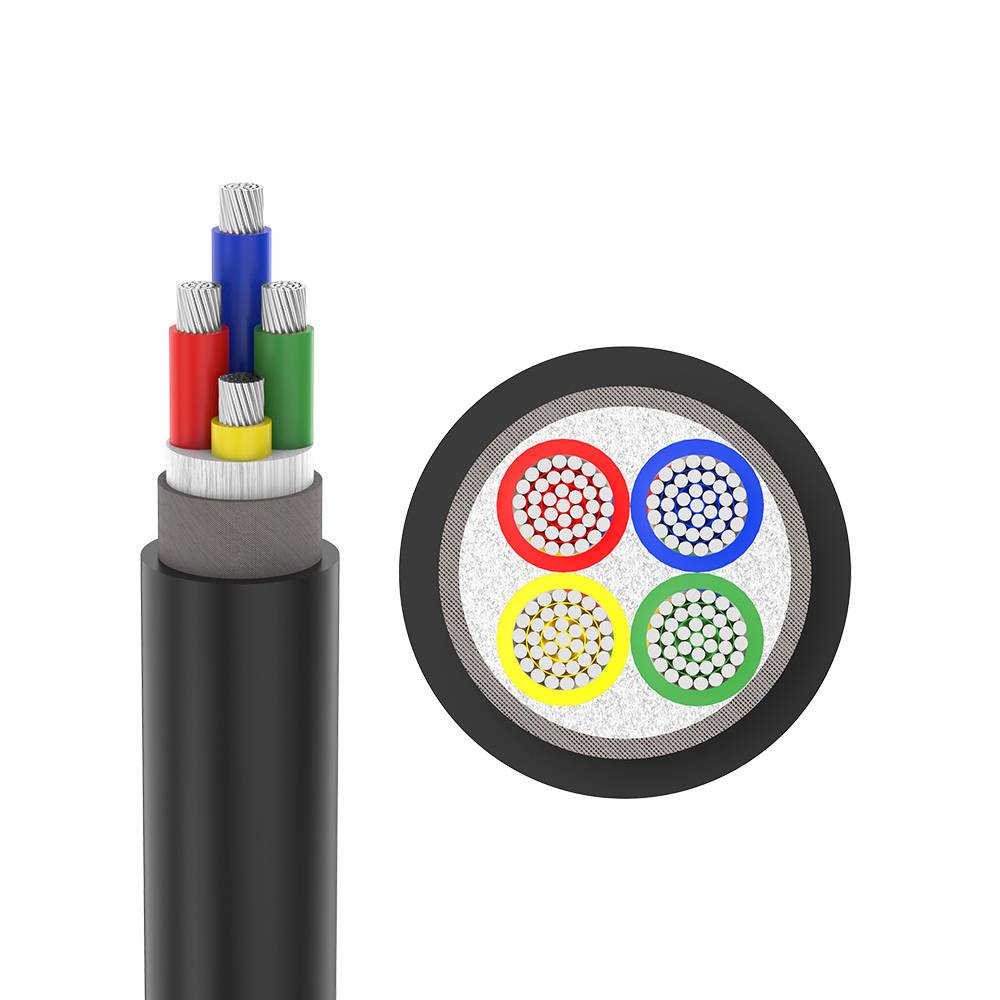Electric Wires and cables play an important role in getting the best performance out of your electrical system. In the case of photovoltaic systems, the need for quality solar wires and cables becomes critical. Photovoltaic systems include one or more solar panels along with inverters and other hardware. It uses energy from the sun to generate electricity. To take full advantage of the sun, a photovoltaic system, or solar panel, needs to be "whole" in order to function properly. One of the important components required is the solar cable.
Solar cables are designed to transmit DC solar energy through photovoltaic systems. They are used as interconnect cables for solar panels and pv arrays in solar power grids. They have high mechanical strength, can withstand harsh weather conditions, and need high-temperature resistance, cold resistance, oil resistance, acid and alkali salt resistance, rain resistance, UV protection, flame retardant, and environmental protection. In solar projects, solar cables are mostly laid outdoors and exposed to high temperatures.
They can face harsh conditions during 25 to 30 years warranty. therefore, It is very important to equip the solar power system with high-quality solar wires and cables. Solar cables are classified based on the number of wires and their gauge. Also, the diameter depends on the number of wires and their gauge.
Generally, three types of solar cables are used in photovoltaic systems:
DC Solar Cable
Solar DC main cable
Solar AC connection cable
DC Solar Cables And AC Cables
In a solar power project, different types of cables are required to do the job. Use DC solar cable and AC cables.
Photovoltaic panels and inverters, including junction boxes, are connected by DC cables. At the same time, the inverter is connected to the substation through an AC cable.
1. DC solar cable
DC solar cables are single-core copper cables with insulation and sheath. They are used inside PV solar panels and can be modules or string cables.
Additionally, they come with the appropriate connectors and come pre-installed in the panel. Therefore, you will not be able to change them.
In some cases, you will need a string DC solar cable to connect it with other panels.
2. Solar DC main cable
The main DC cable is the larger collector cable. They connect the positive and negative cables from the generator junction box to the central inverter.
Also, they can be single-core or twin-core cables. Single-core wires with double insulation are a practical solution to provide high reliability. At the same time, it is best to use two-core DC cables for the wiring between the solar inverter and the generator junction box.
Experts generally favor DC mains solar cables for outdoor installations. The size is usually between 4mm and 6mm.
Tip: To avoid short circuits and grounding problems, keep cables with opposite polarities separate from each other.

3. AC cable
AC power cables connect the solar inverter to protection equipment and the grid. For small PV systems with three-phase inverters, a five-core AC cable is used to connect to the grid.
The wire distribution is inclued three live wires and one for ground and neutral.
Tip: If your PV system has a single-phase inverter, please use a three-core AC cable.

The Importance Of Solar Cables In Solar Systems
As mentioned earlier, solar cables transmit DC solar energy from one part of a photovoltaic installation to another. Proper cable management is crucial when it comes to the safety and longevity of every solar system. Cable installations in solar projects are exposed to UV exposure, extreme temperatures, and air humidity. They can withstand the tough demands of photovoltaic systems - indoors and outdoors.
Plus, these cables are not only strong but also weather-resistant. They can withstand stress from compression, bending or stretching, and chemical stress in the form of Acids, Alkaline solution, and Saltwater.
Remember, ordinary cables cannot handle these harsh conditions, but solar cables can. Solar cables are the main connecting elements that help photovoltaic systems function properly.
Choosing the Right Solar Cable for Your Photovoltaic System
Solar cables should be sufficient for the most demanding photovoltaic system applications. Choose the model with the highest resistance to atmospheric challenges such as UV rays, ozone, and humidity. Not only that, but the cables should be able to withstand harsh temperatures (-40°C to 120°C). There is also wear, impact, tear and stress. In addition, suitable solar cables should have the following characteristics:
Withstands mechanical stress such as compression, tension, bending, and shear loads
Acid and alkali resistance
High dielectric strength
Flame retardant and halogen-free
Small diameter
Rodent and termite resistance
The system had a service life of more than 25 years and had to ensure the best quality standards. When it comes to finding top solar cable options, check out the deals below!





